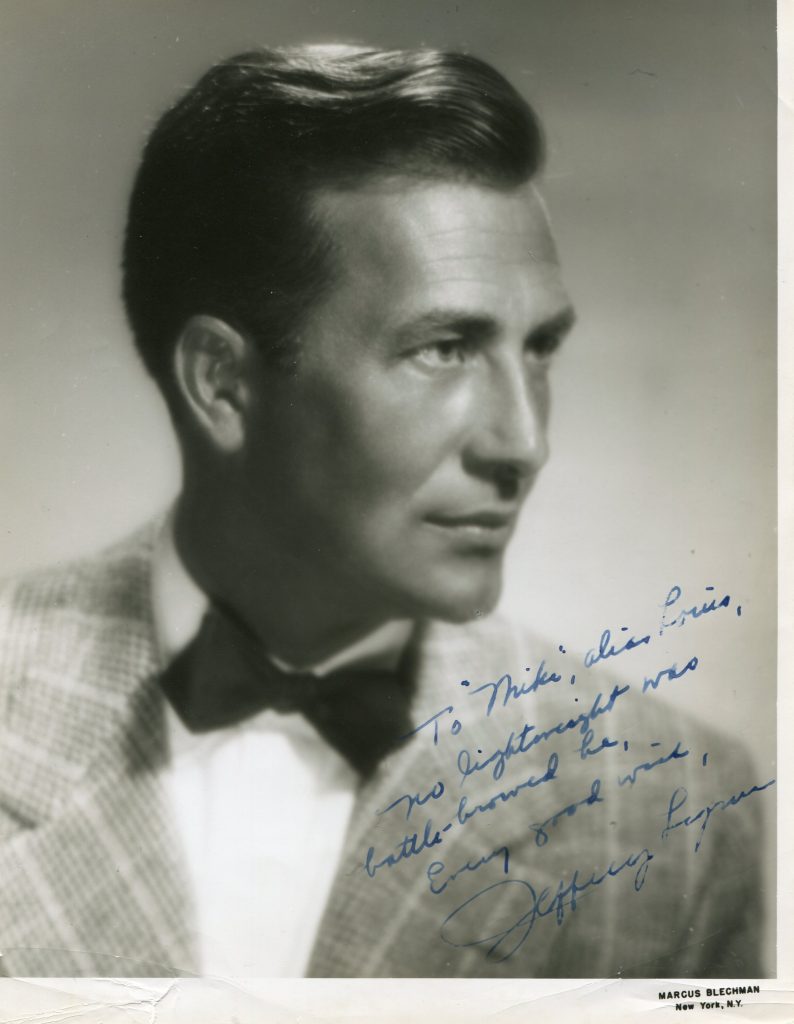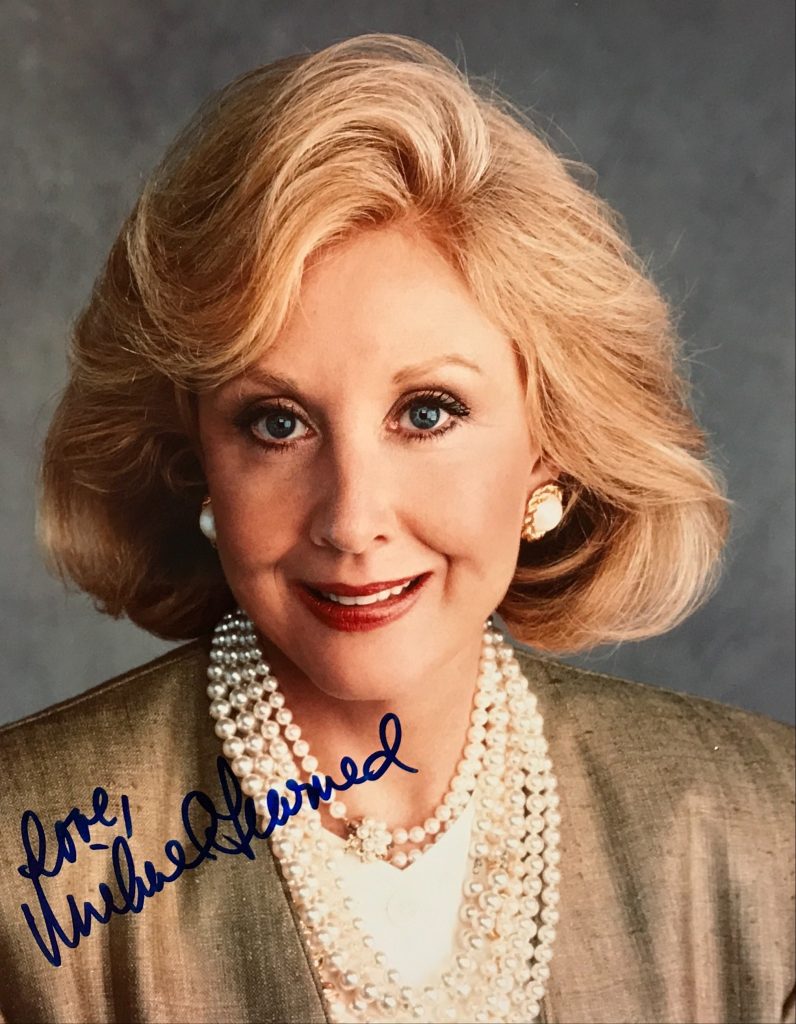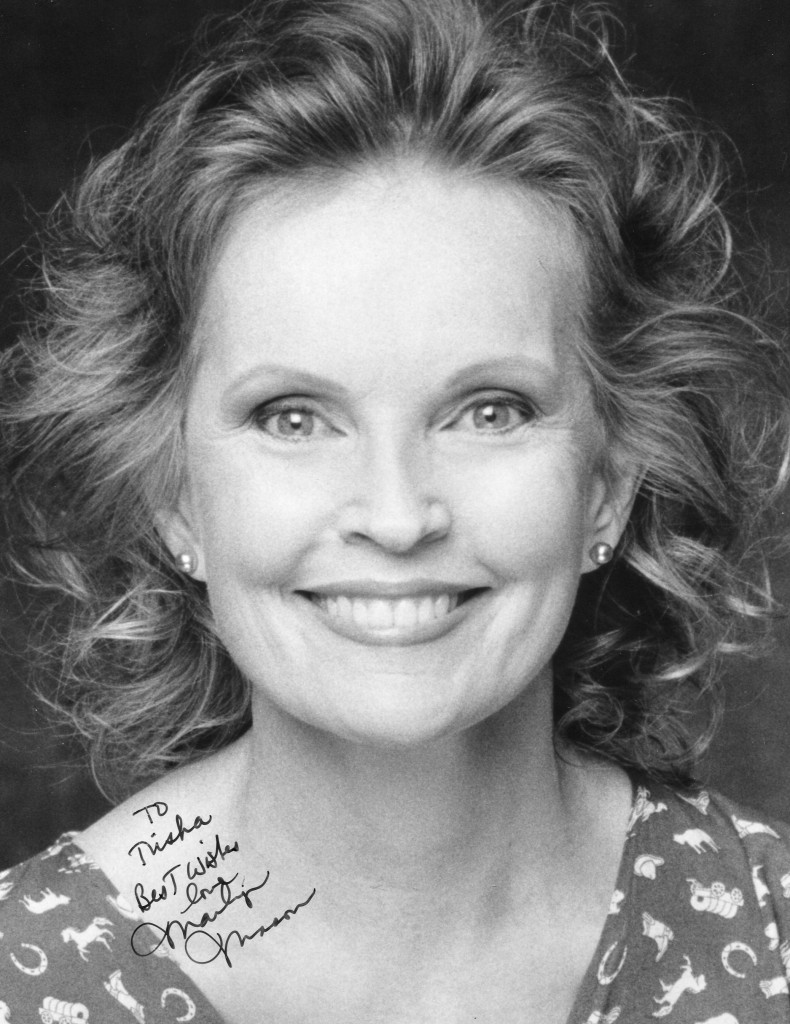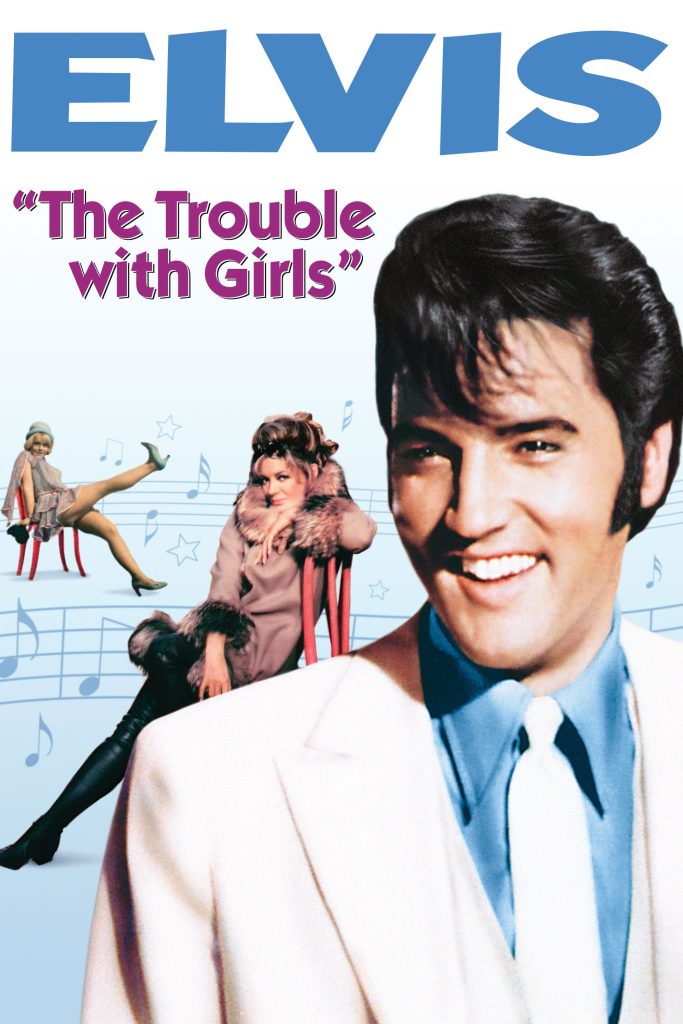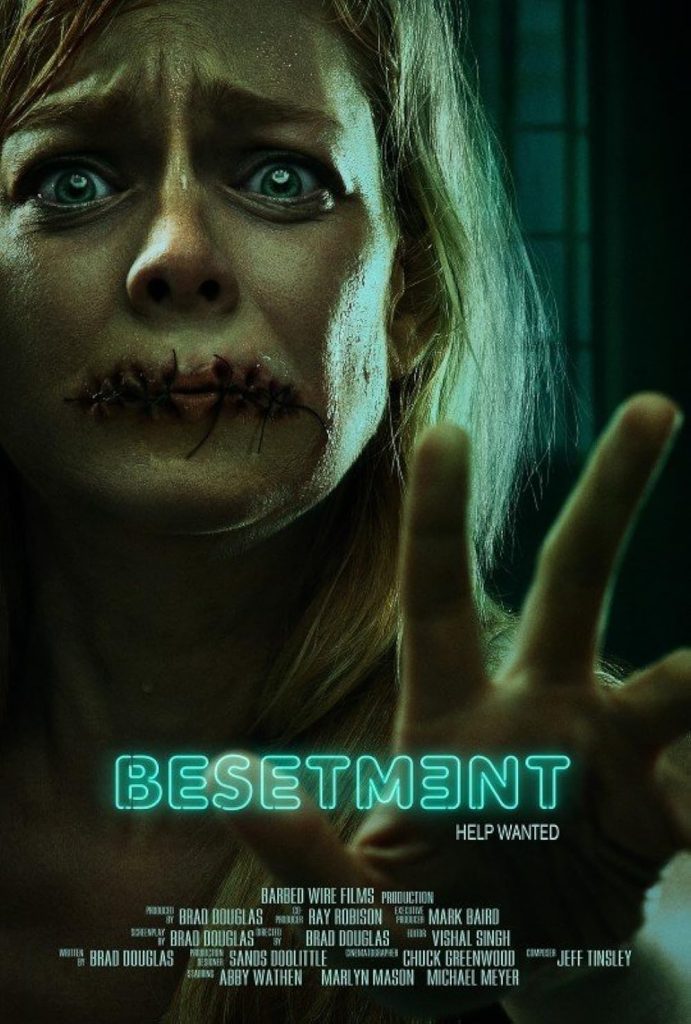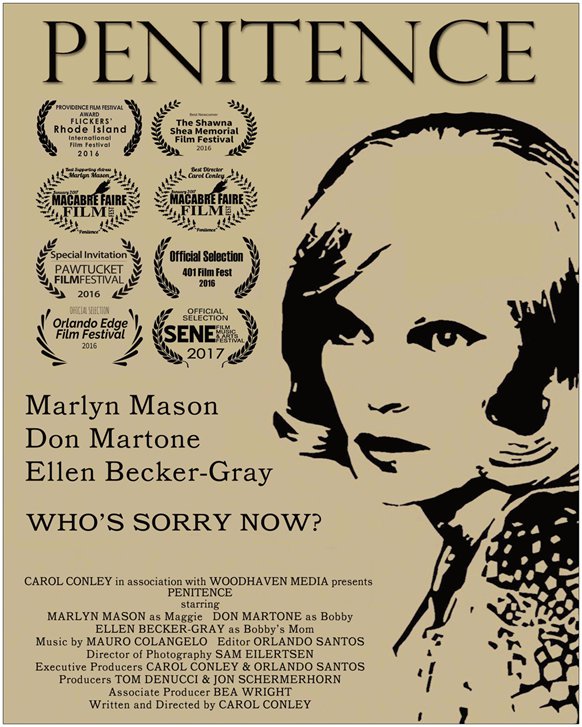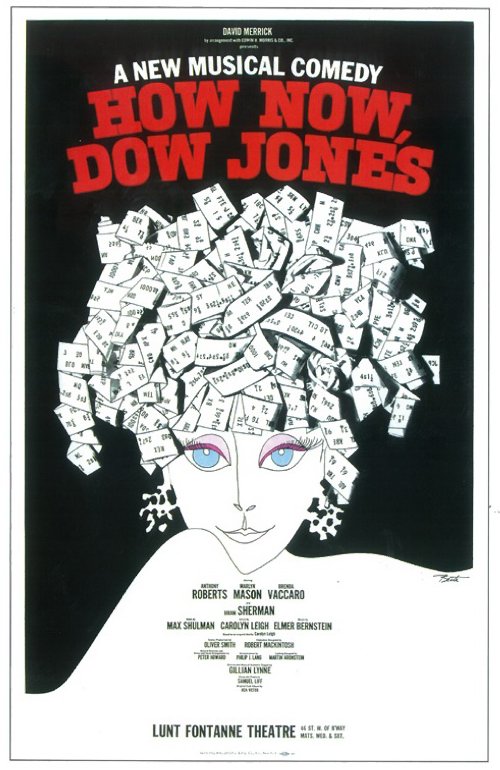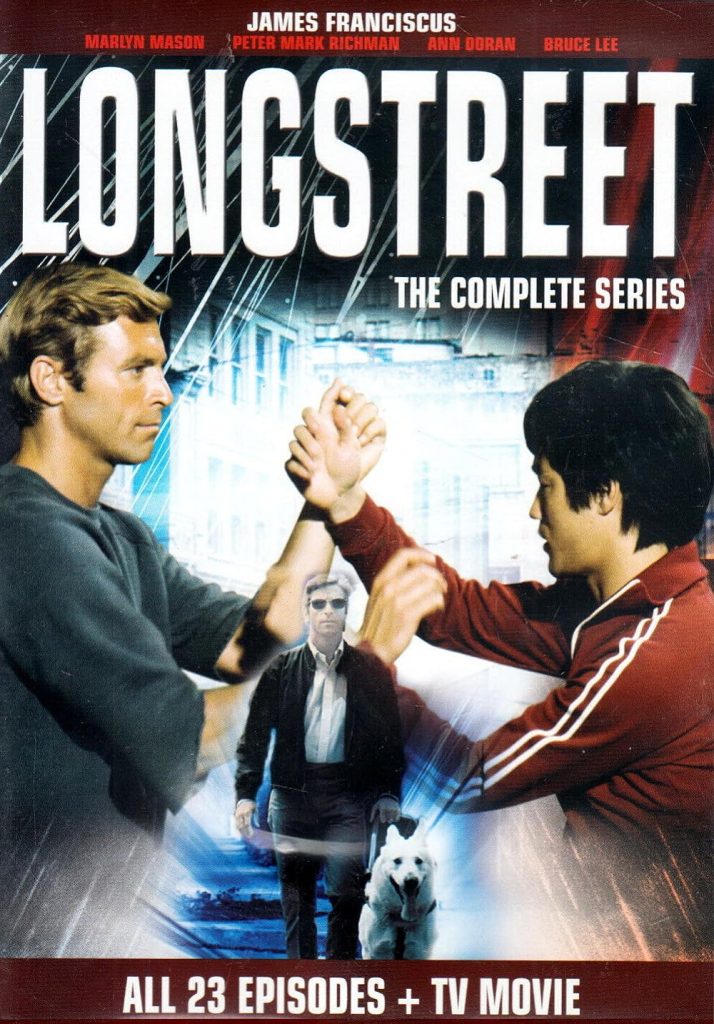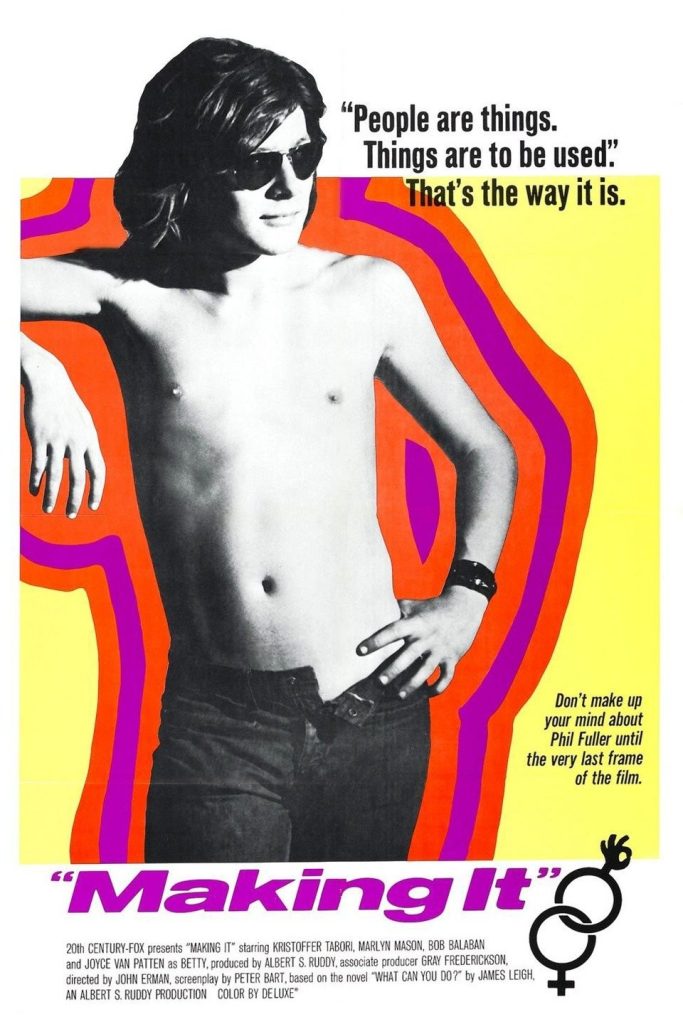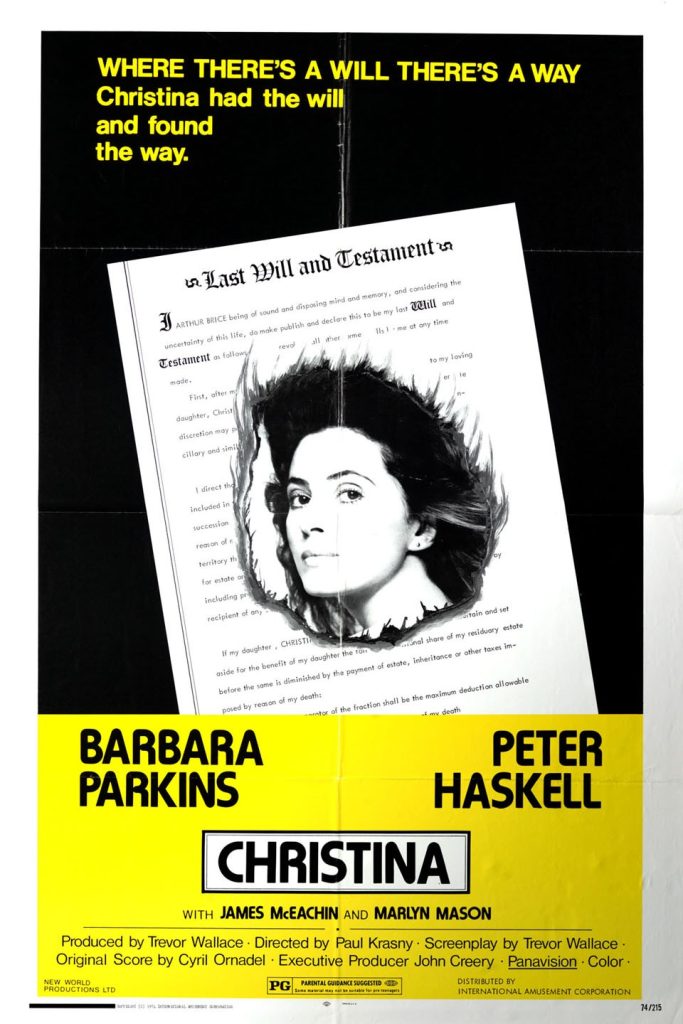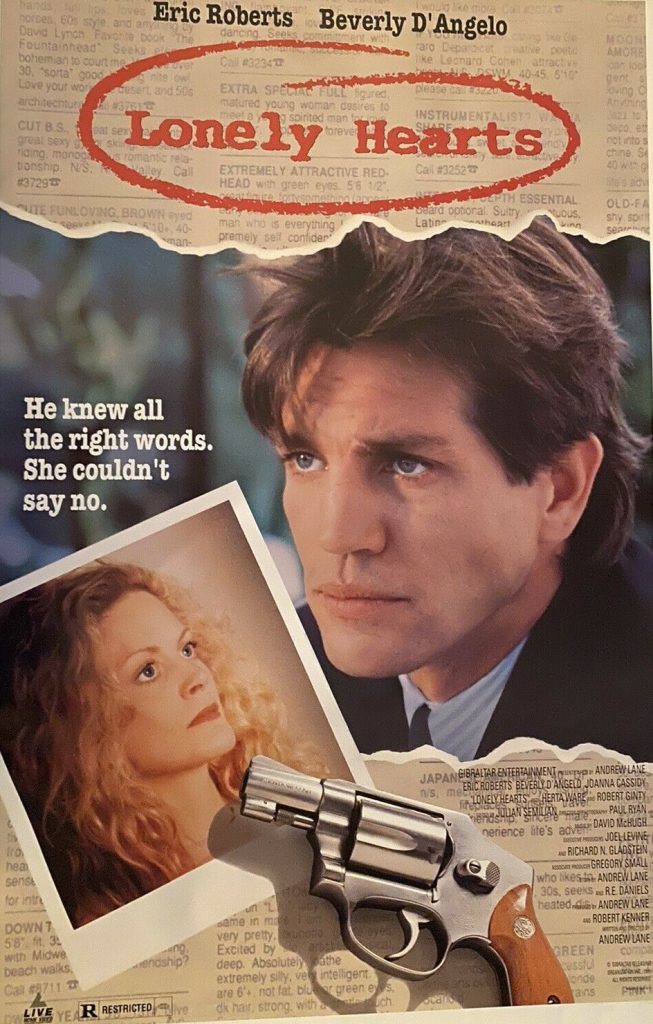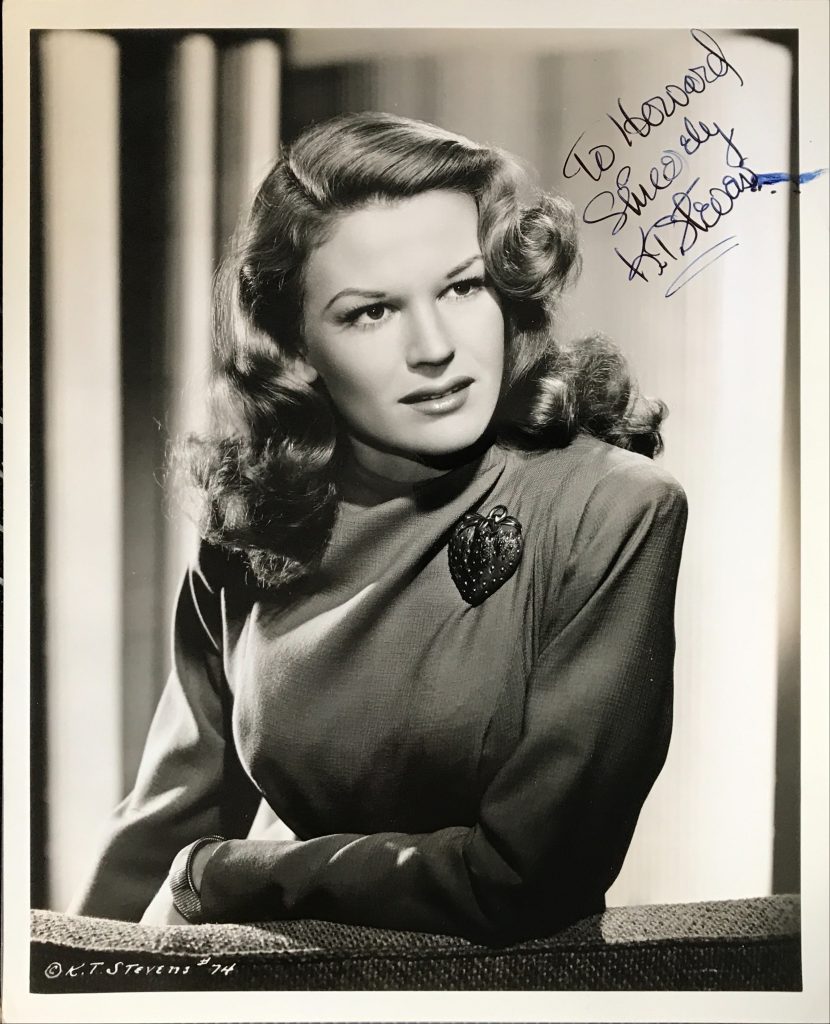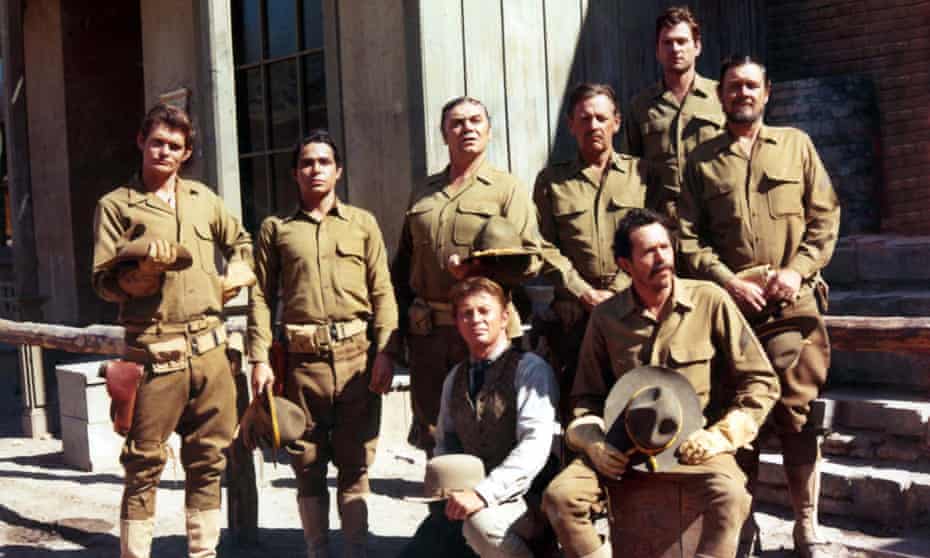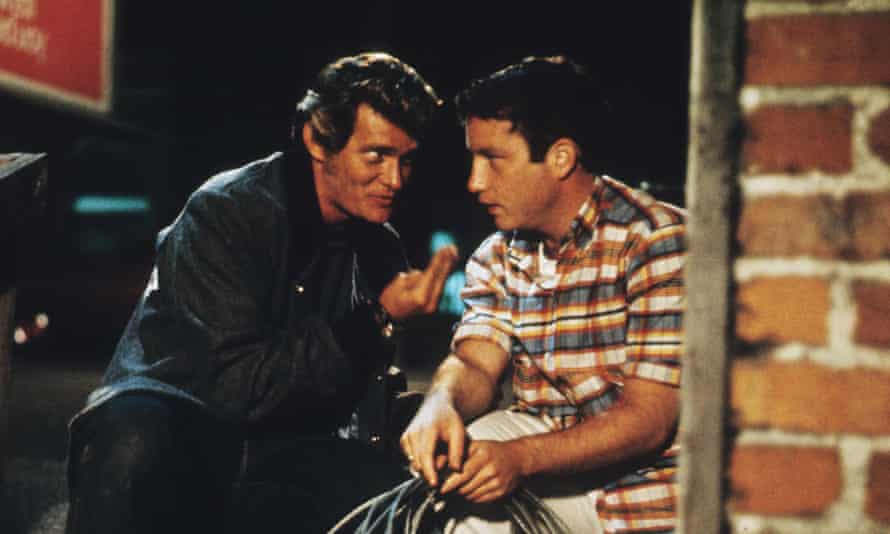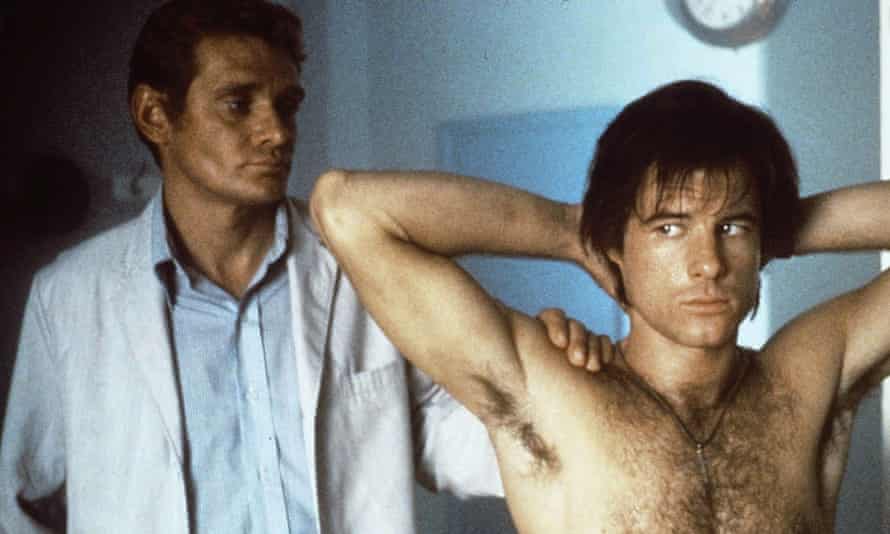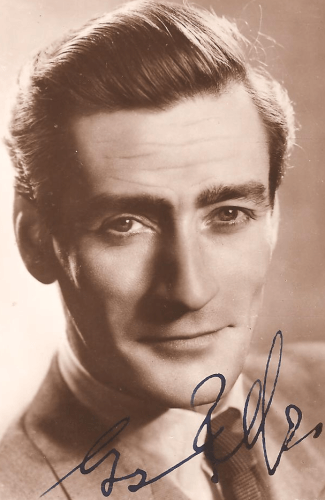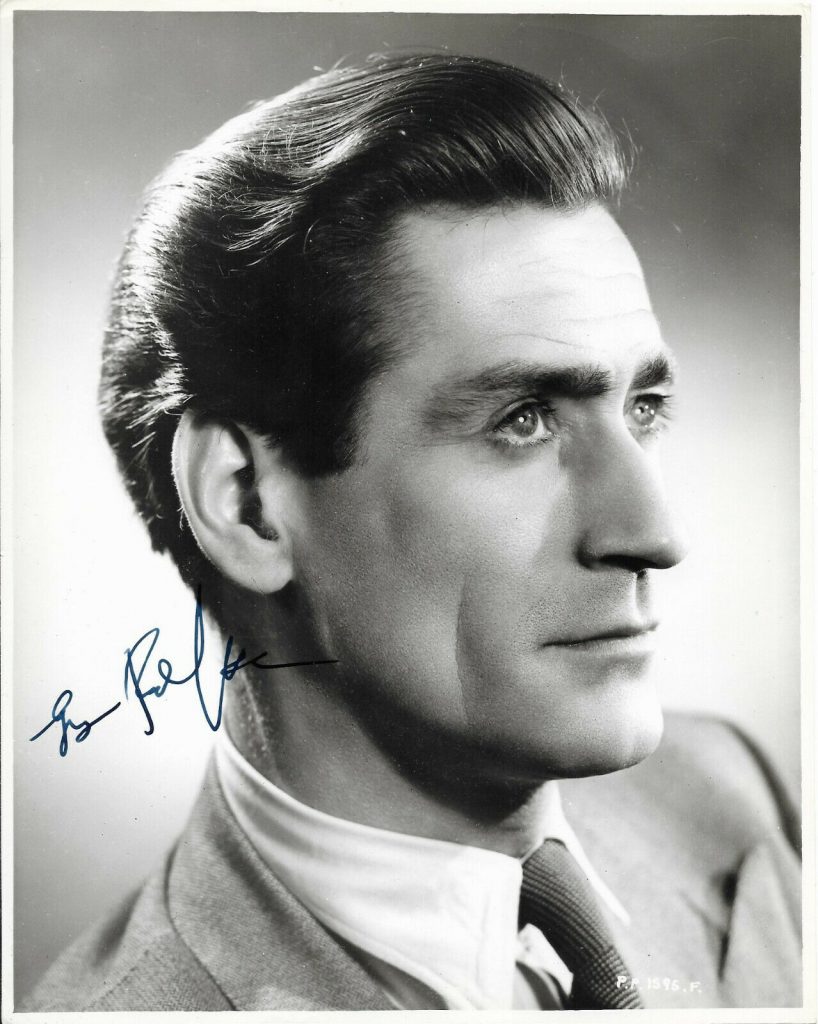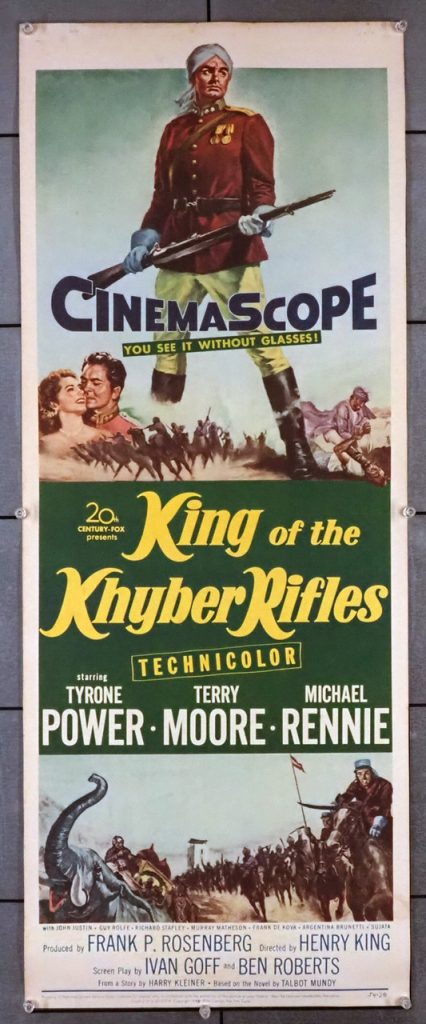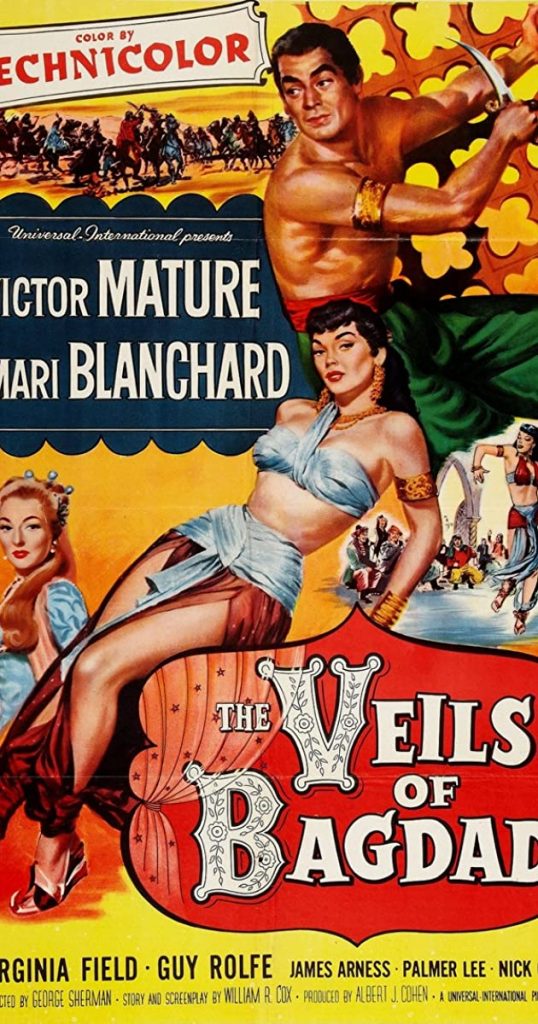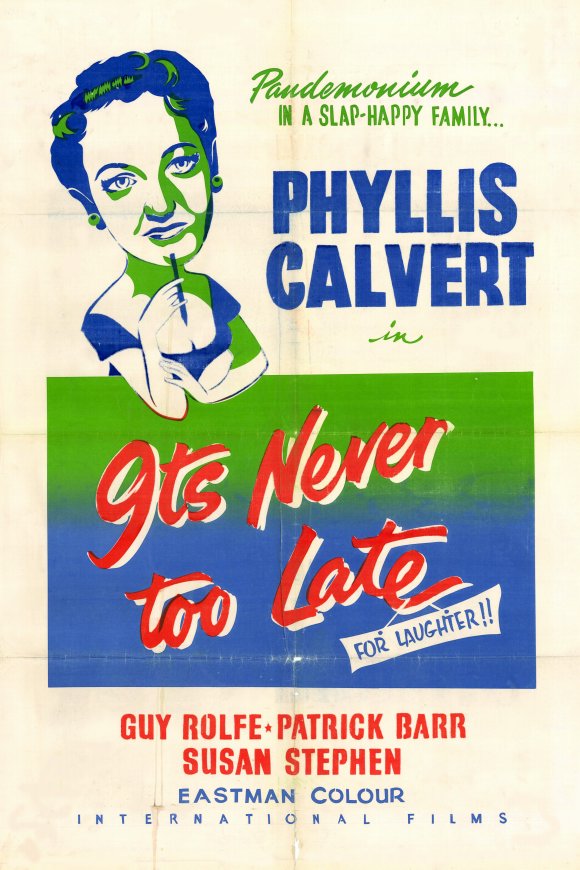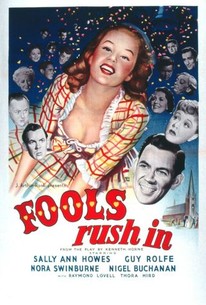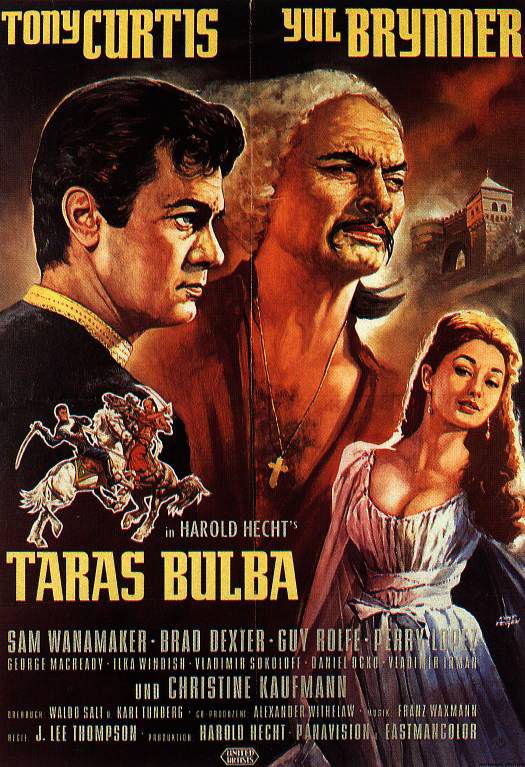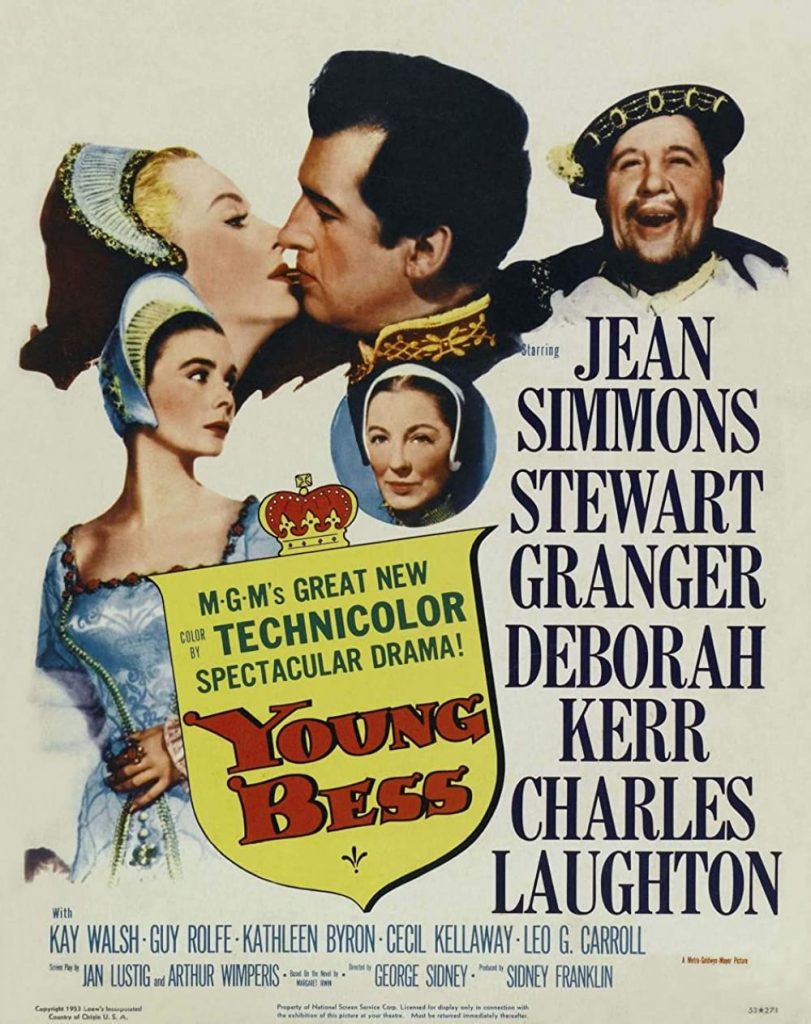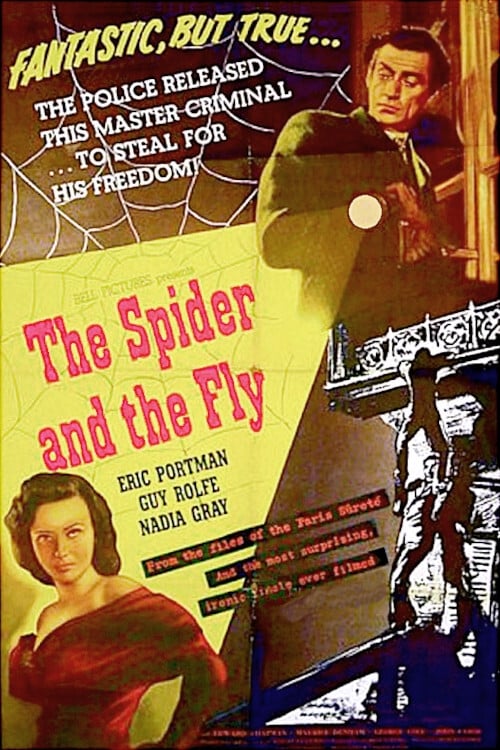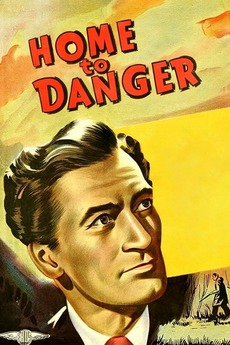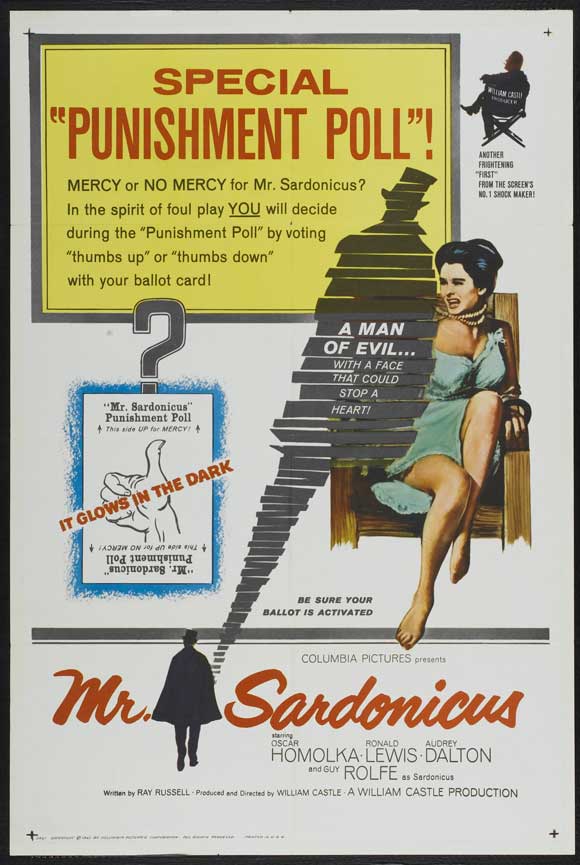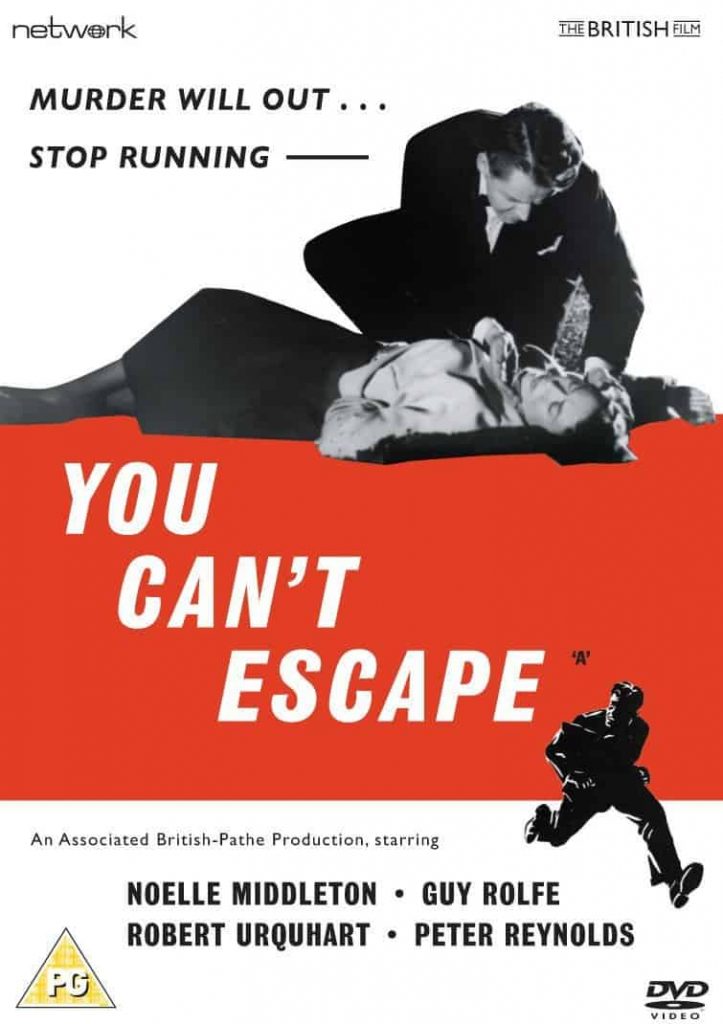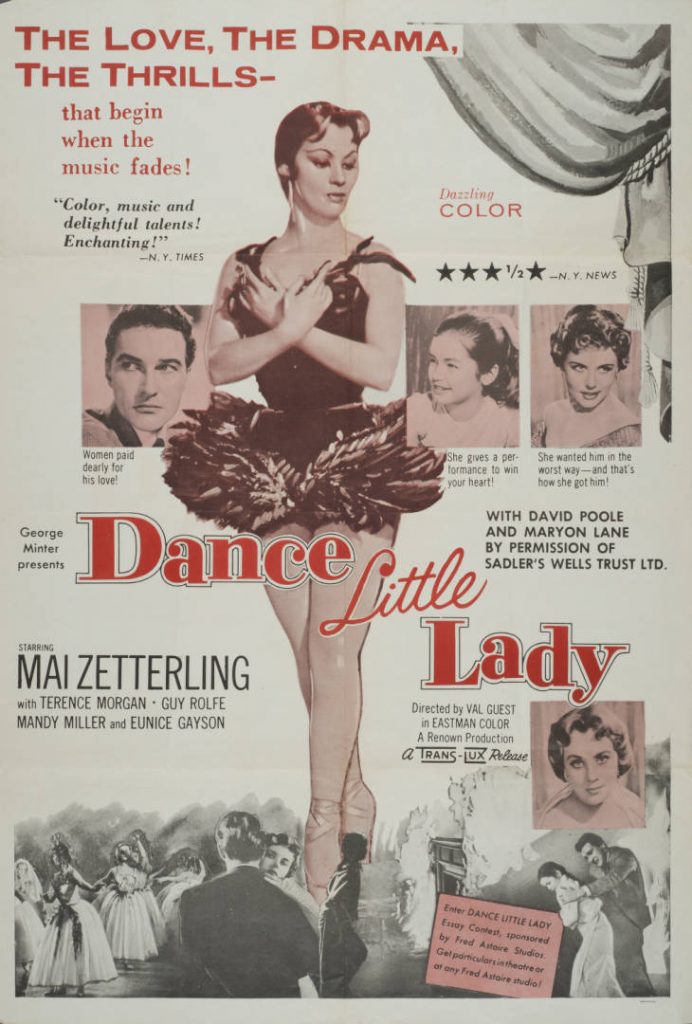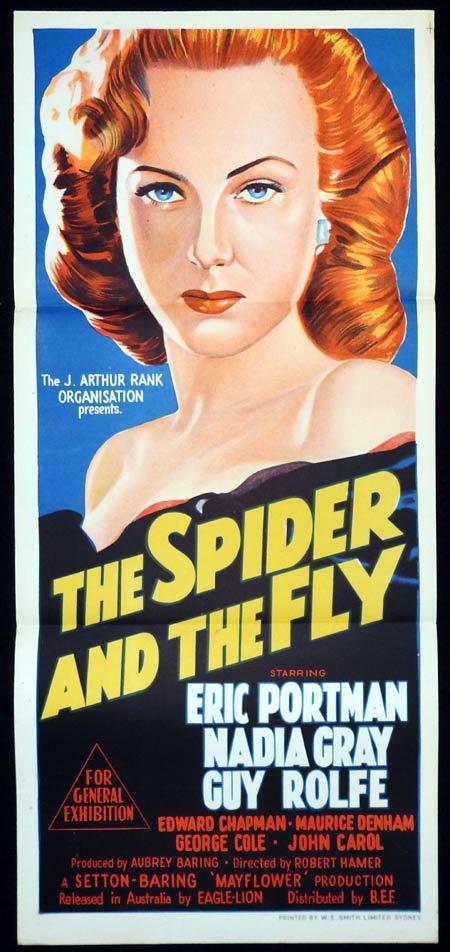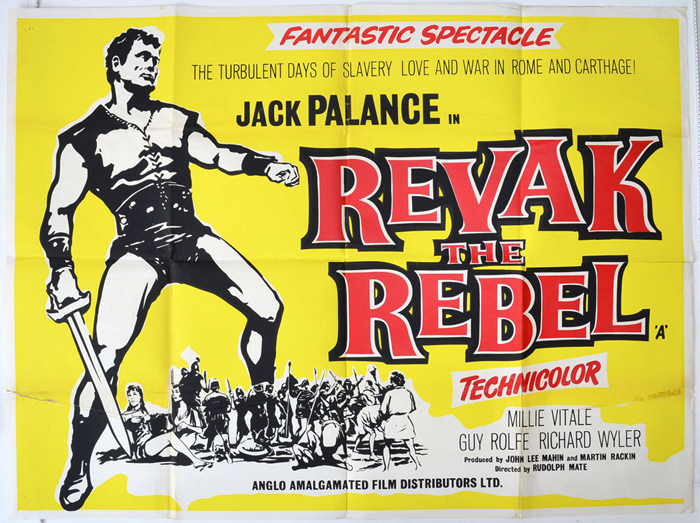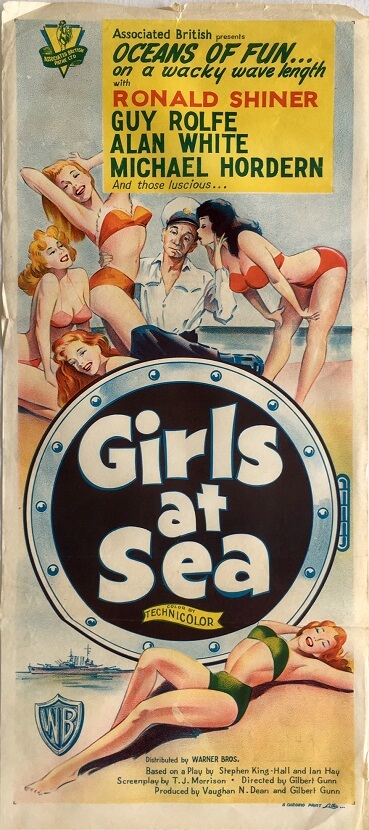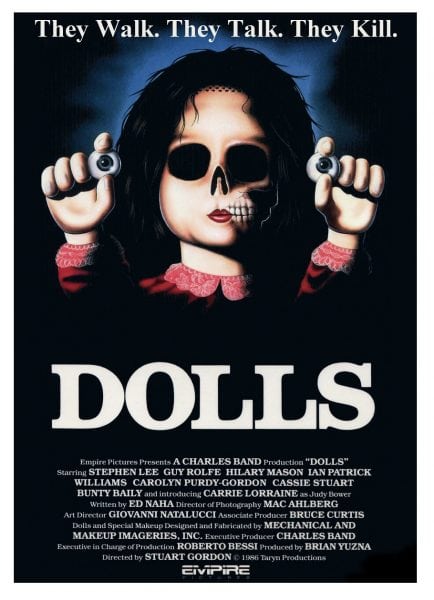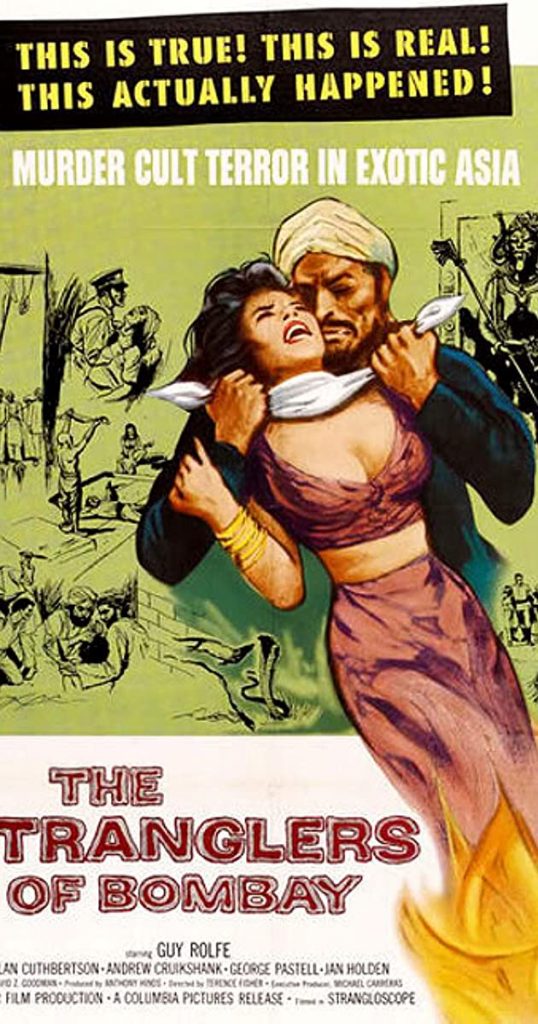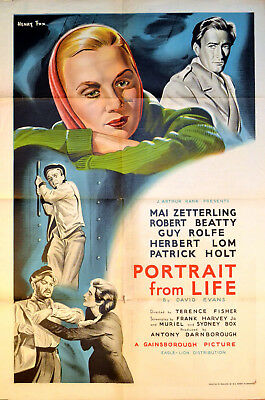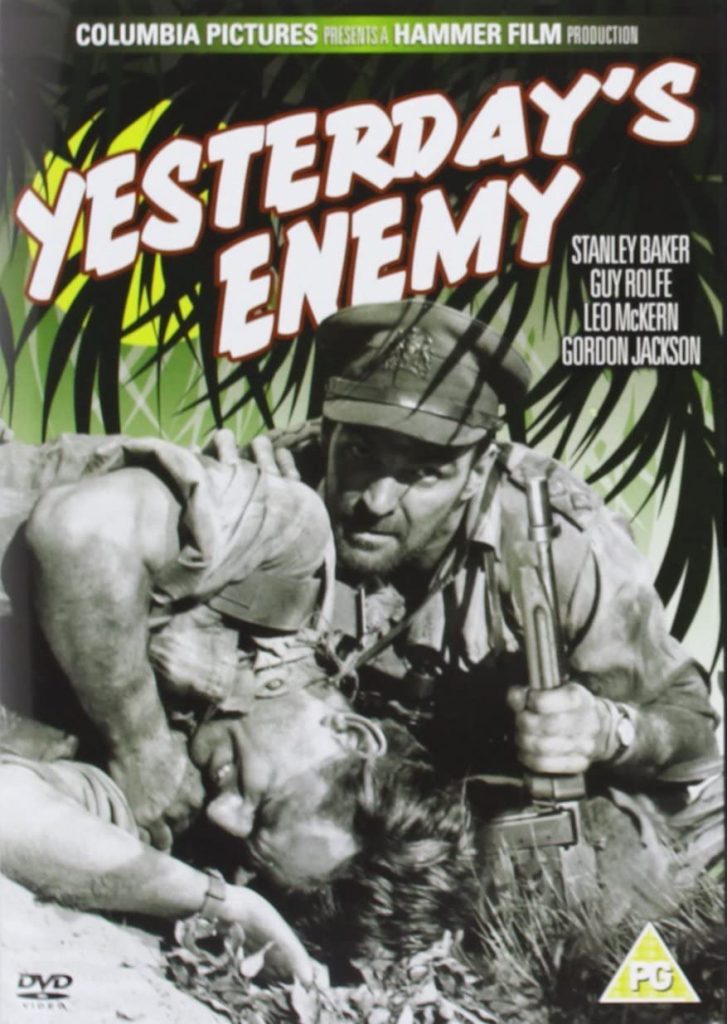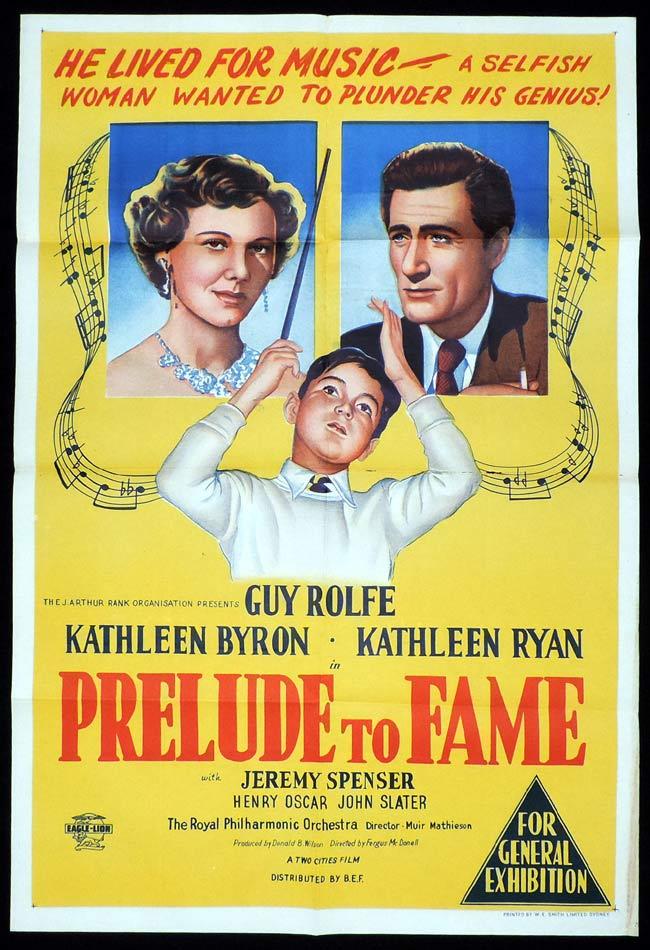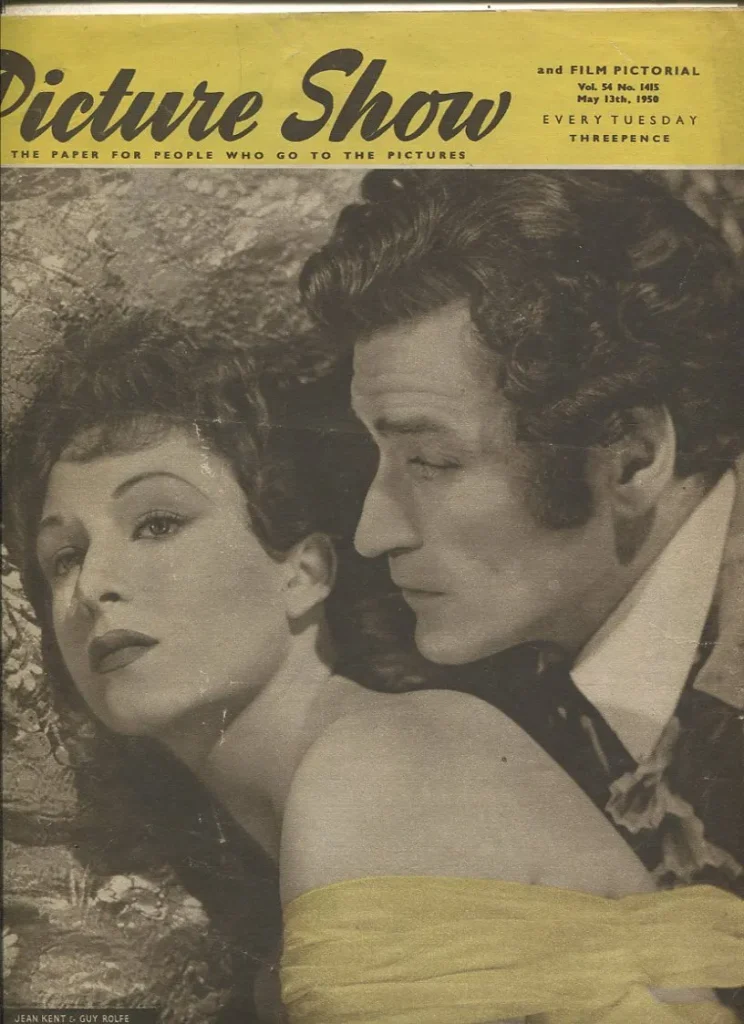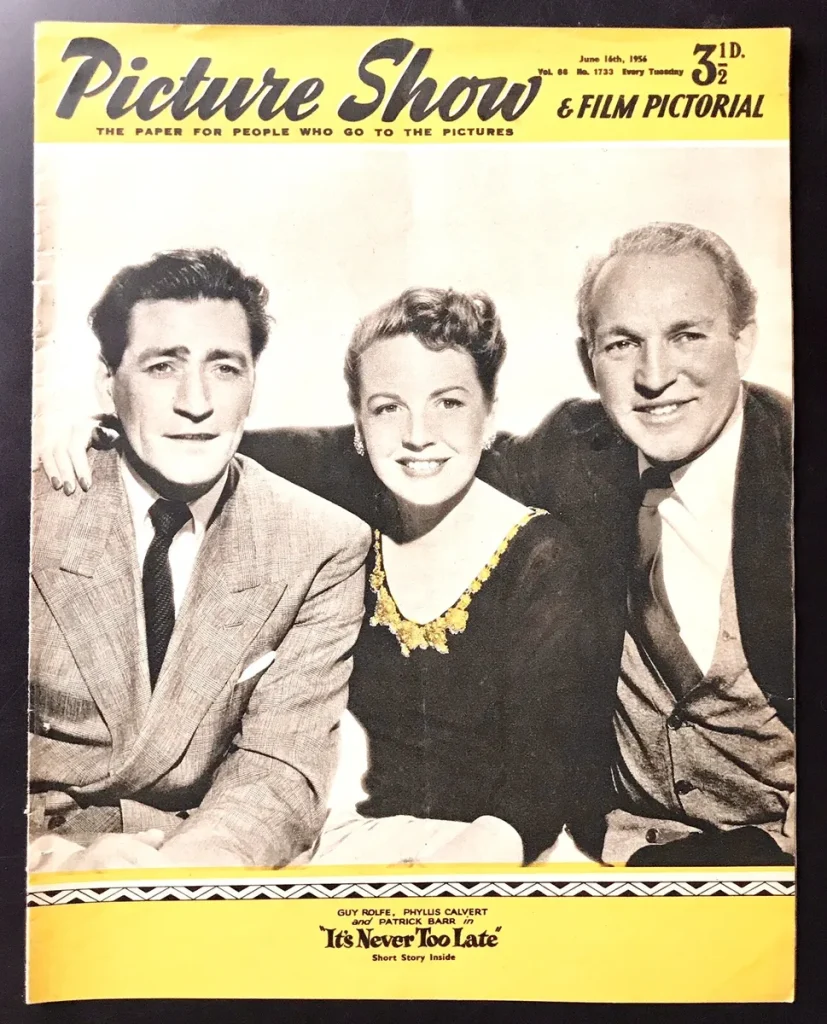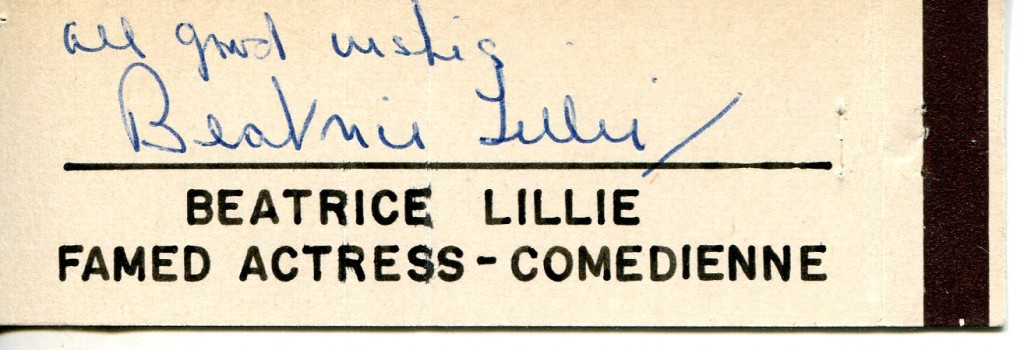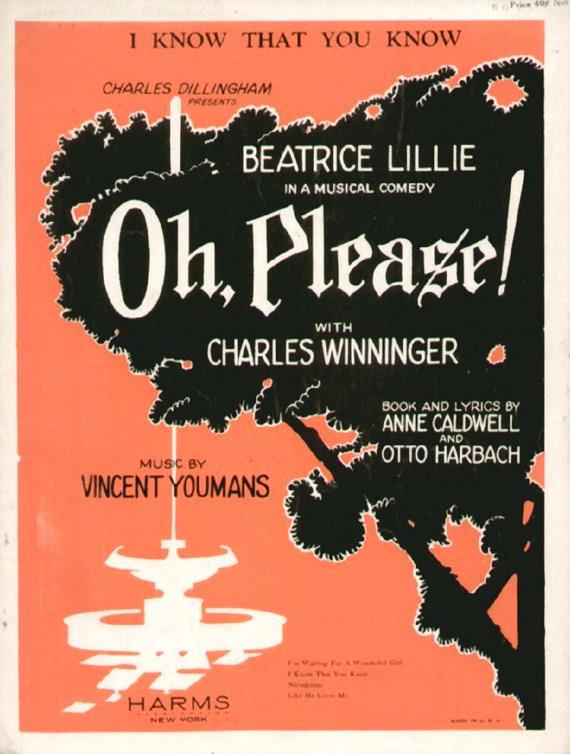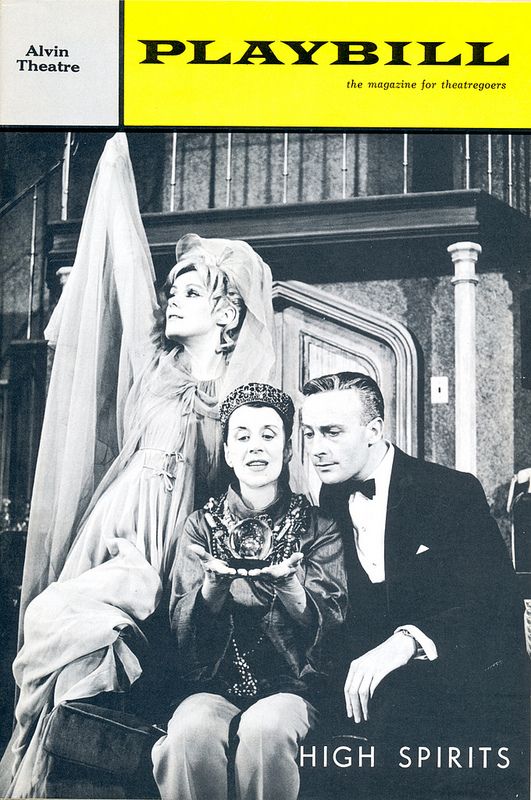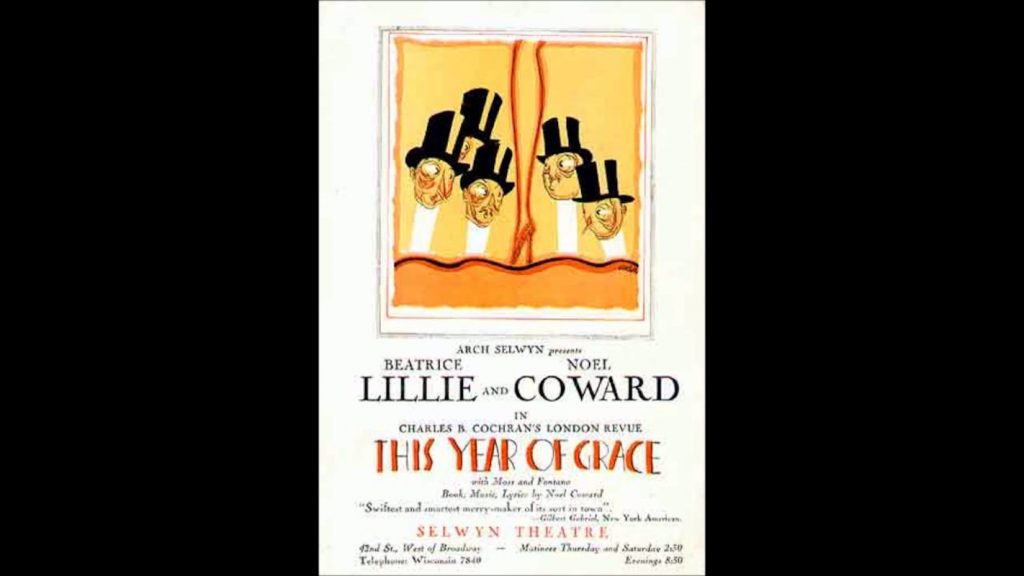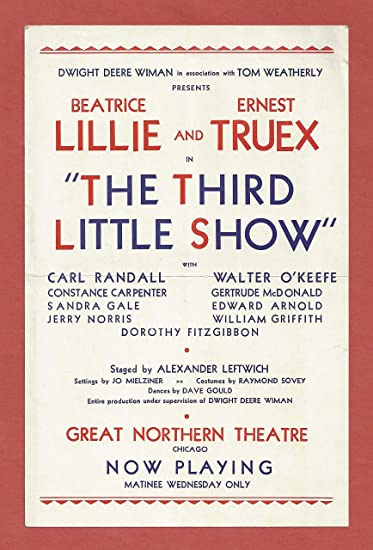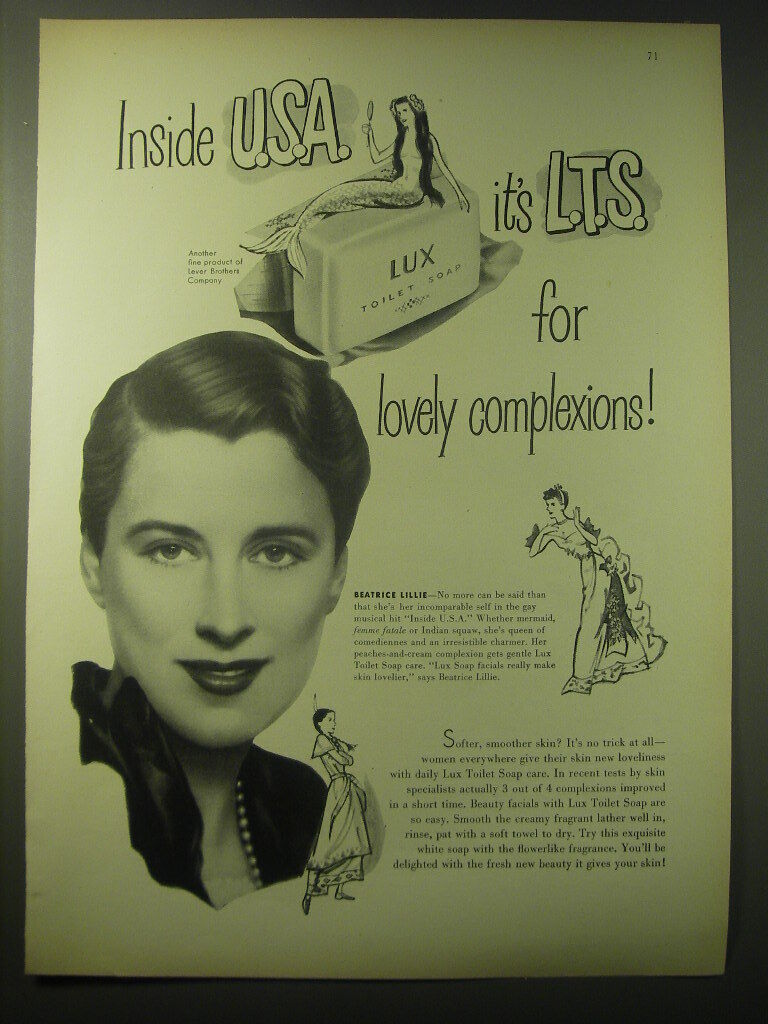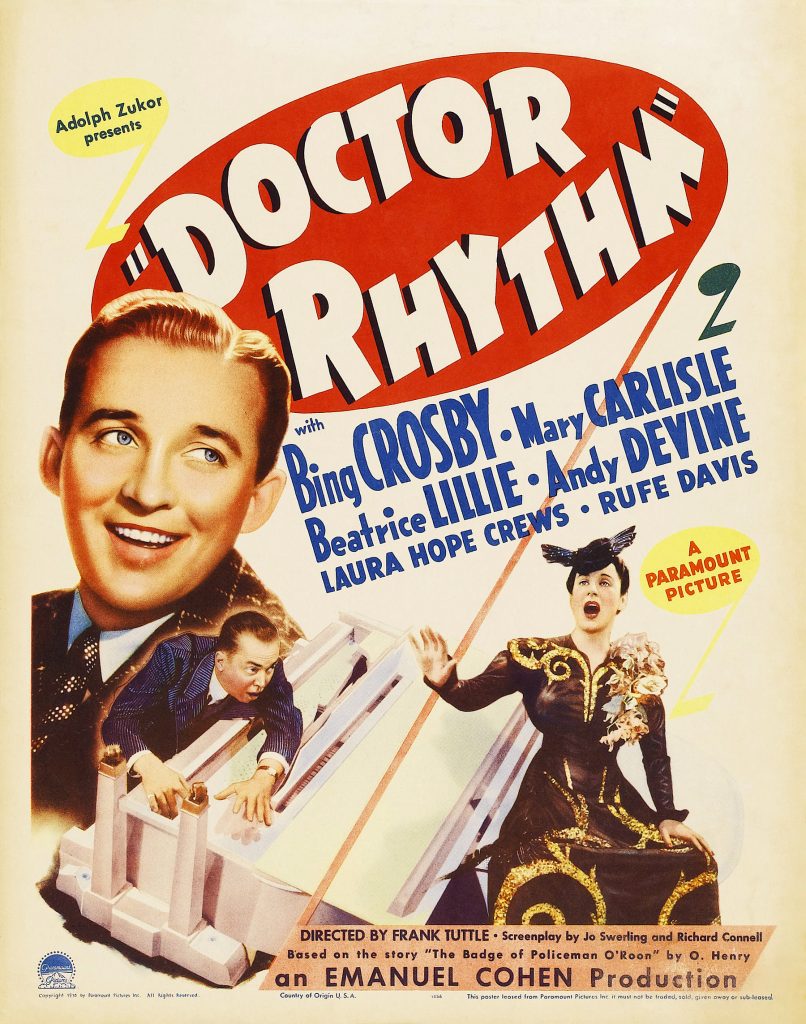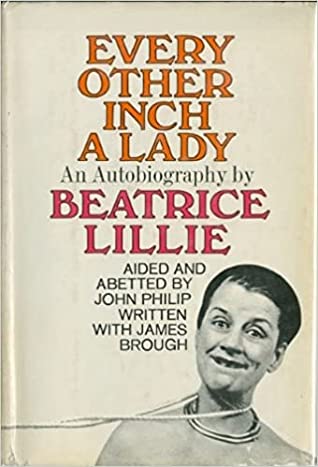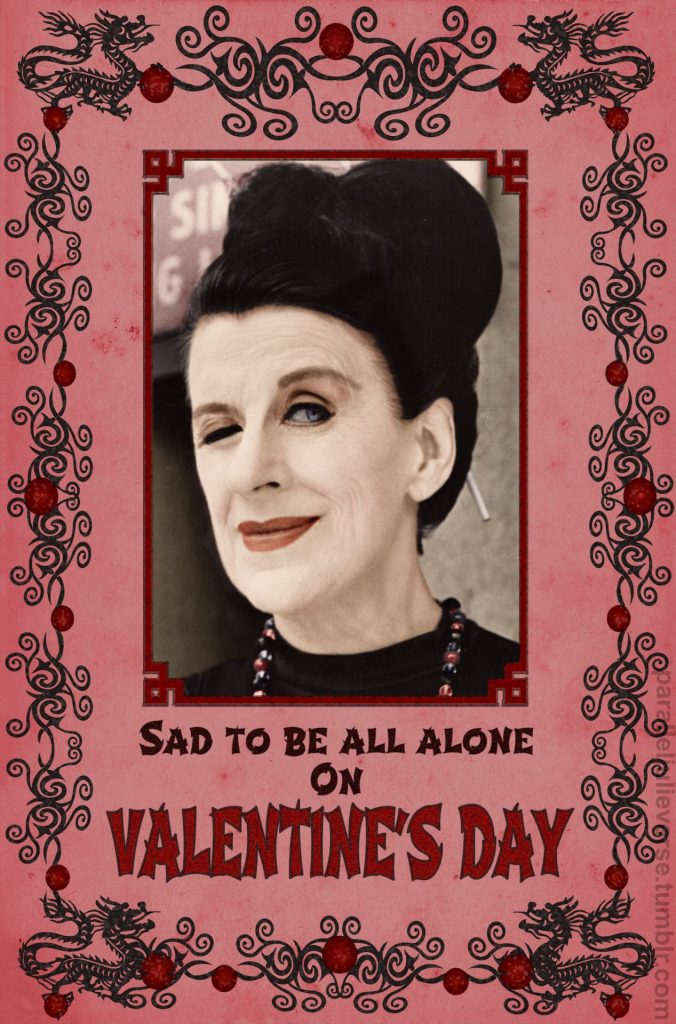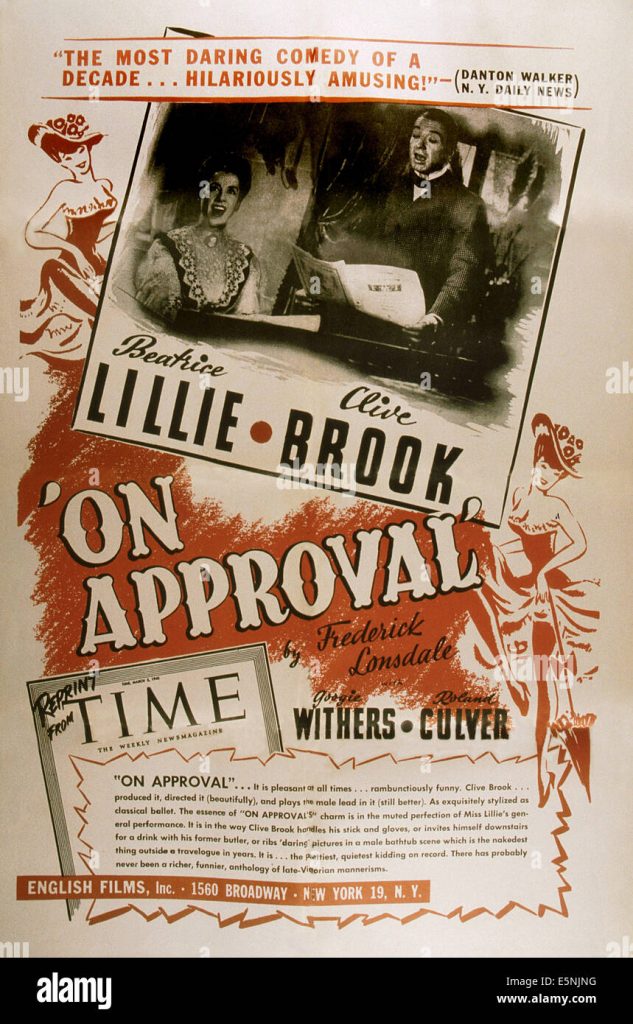
James Coco was born in 1930 in New York City. He made his name on Broadway acting in the plays of Terence McNally. His films include “Man of La Mancha” with Peter O’Toole and Sophia Loren in 1972, “Such Good Friends”, “The Wild Party” with Raquel Welch and Perry King in 1975. James Coco died in 1987.
Gary Brumburgh’s entry:
Born in New York City of humble means, character player James Coco was the son of Feliche, an Italian shoemaker, and Ida (Detestes) Coco. Shining shoes as a youngster with his father, his interest in acting occurred early on as a child. At age 17 he toured with a children’s theatre troupe for three years portraying Old King Cole and Hans Brinker. Intensive study with acting guru Uta Hagen led to his Broadway debut at age 29 in “Hotel Paradiso” in 1957, but he earned his first acting award, an Obie, for his performance in the 1961 off-Broadway production of “The Moon in Yellow River”. He went on to win a second and third Obie for his performances in the plays “Fragments” (1967) and “The Transfiguration of Benno Blimppie” (1977). Dark, hefty and prematurely balding, he proved to be a natural on the comedy stage and in scores of commercials (notably as Willy the plumber in the Drano ads) throughout the 1960s. Other comedy theater highlights included roles in “Auntie Mame,” “Everybody Loves Opal,” “A Shot in the Dark,” “Bell, Book and Candle” and “You Can’t Take It With You”.
In the late 60s he formed a strong collaboration with playwright Terrence McNally and appeared in an off-Broadway double-bill of his one-act plays (his one-act was entitled “Witness”) in 1968, followed by “Here’s Where I Belong” a failed 1968 Broadway musical variation of the Steinbeck play “East of Eden” that closed on opening night. Their most notable alliance occurred the following year with the play “Next,” which ran more than 700 performances and earned Coco a Drama Desk award. Sixteen years later, and shortly before Coco’s death, the two reunited for the 1985 Manhattan Theatre Club production of “It’s Only a Play”.
Coco also earned kudos for his work in Neil Simon comedies, and “The Last of the Red Hot Lovers” (1969), which was specifically written for him, earned him a Tony Award nomination as Best Actor. The two later joined forces for a Broadway revival of the musical “Little Me” and the hilarious film comedy spoofs Murder by Death (1976) and The Cheap Detective (1978), in addition to his moving support role as Marsha Mason‘s depressed gay actor/friend in Only When I Laugh (1981), which garnered his sole Oscar nomination.
Achieving stardom first on stage, Coco’s other films were a mixed bag with more misses (Ensign Pulver (1964), Man of La Mancha (1972) (as Sancho Panza), The Wild Party(1975), Scavenger Hunt (1979)) than hits (A New Leaf (1971)). On the TV screen, Coco fronted two short-lived 1970s comedy series, Calucci’s Department (1973) and The Dumplings (1976), and also appeared in daytime soaps (“The Edge of Night” and “The Guiding Light”). Throughout his career he played an amusing number of characters on such sitcoms as “Maude” and “Alice” and also played bathos and pathos to great effect, not only winning an Emmy for his dramatic performance on a “St. Elsewhere” episode but appearing opposite Doris Roberts as the brittle Van Daan couple in the TV version of The Diary of Anne Frank (1980). One of his last TV assignments was a recurring role on the sitcom “Who’s The Boss?” in 1986-1987.
In his last years, Coco received attention for his culinary talents and best-selling cookbooks. The James Coco Diet, an educational book which included chapters on menu planning and behavior modification as well as choice recipes), was just one that he promoted on the talk show circuit. It is probably not a coincidence that he often played characters with extreme food issues. Suffering from obesity (5’10”, 250 lbs.) for most his adult life, the talented actor died unexpectedly of a heart attack in New York City in 1987 at the age of 56, and was buried in St. Gertrude’s Roman Catholic Cemetery in Colonia, New Jersey.
– IMDb Mini Biography By: Gary Brumburgh / gr-home@pacbell.net



